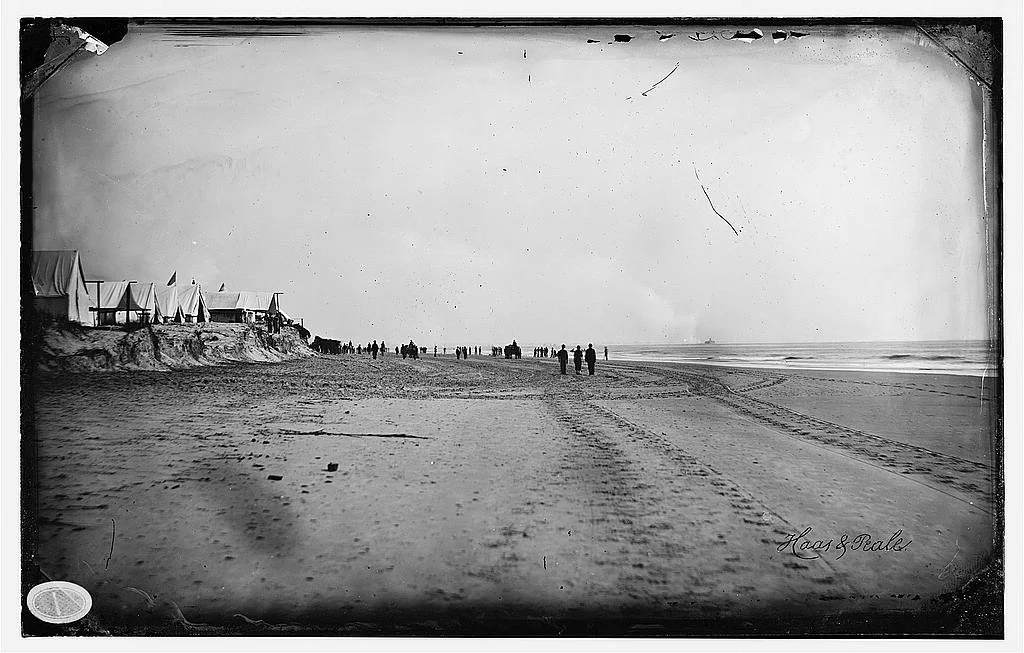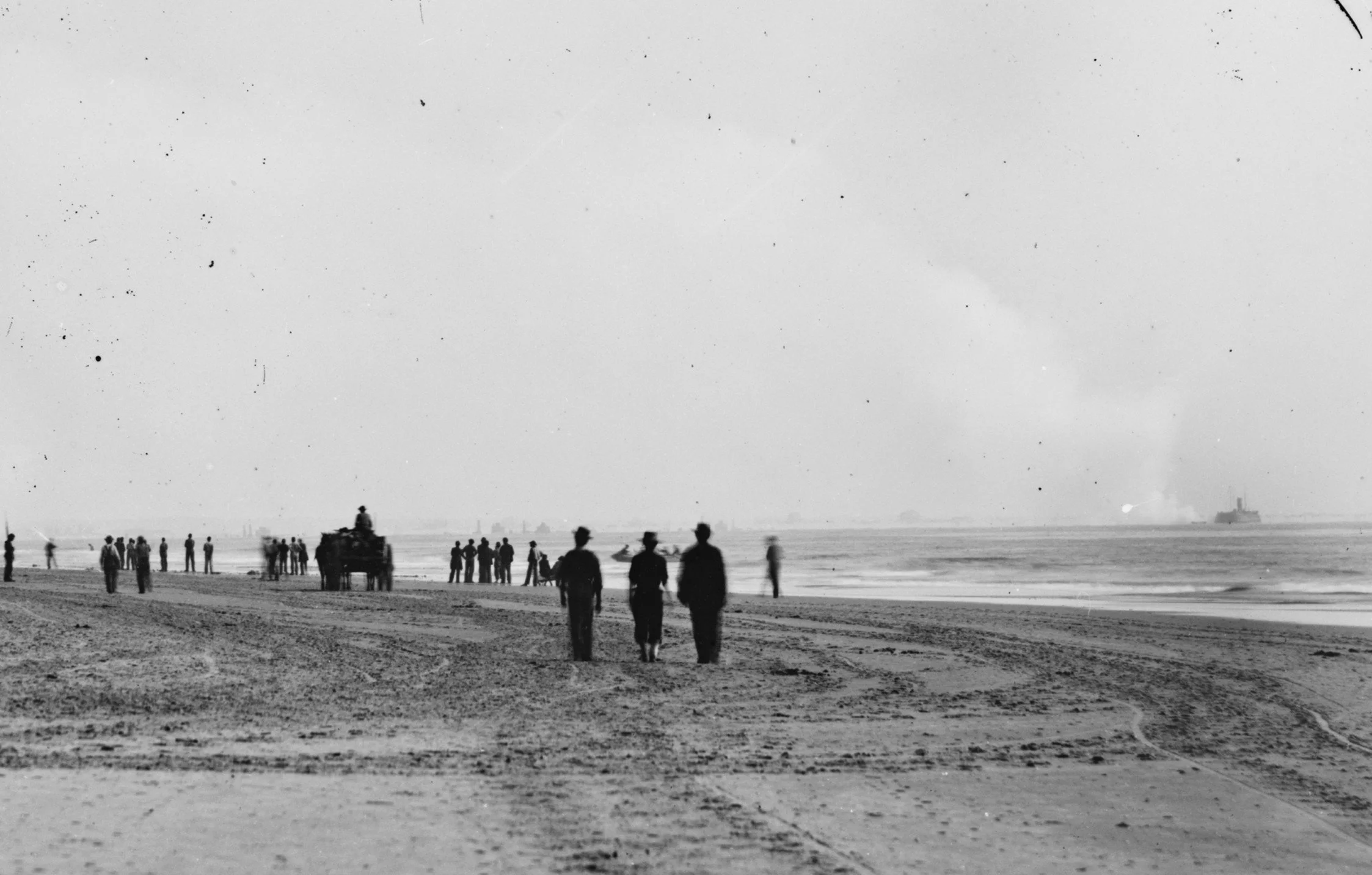USS New Ironsides in Action at Charleston
A Model of USS New Ironsides displayed at the South Carolina State Museum (Columbia, South Carolina). The model was made by William J. Blackmore.
Please note, this page on New Ironsides is “Under Construction.”
USS New Ironsides joined the blockade off of Charleston, South Carolina in February of 1863. The previous month two ironclad rams of the Confederate Navy had attacked and briefly driven off the (entirely wooden) ships of the squadron. Reinforced with the largest and most capable ironclad the US Navy would ever produce, the ships of the US Navy stood watch again over the Cradle of Secession.
USS New Ironsides would first see action in the unsuccessful attack on Fort Sumter on April 7th, 1863. Her participation in that battle was certainly inauspicious. She would fire only a single broadside - and that at Fort Moultrie. She proved hard to control in the currents at the mouth of the harbor and had to anchor after she could not be steered - a maneuver which threw the rest of the attacking ironclads into confusion.. She anchored over a Confederate torpedo (mine). The electrically-detonated torpedo did not respond to its operators’ attempts to explode the mine and sink the ship.
After that wretched beginning, USS New Ironsides would go on to prove her worth in further engagements. Her large battery provided a volume of fire that individual monitors with their two guns in a cramped turret could not match.
USS New Ironsides and attacks on Fort Wagner
The above photo taken on the beach on Morris Island in the 1863 operations against Battery Wagner shows USS New Ironsides at left firing upon Battery Wagner. A cropped version of the photo (below) shows Ironsides and four or five monitors. Library of Congress Photo: https://www.loc.gov/item/2018667757/
USS New Ironsides and the monitors of the US Navy’s South Atlantic Blockading Squadron bombarded Battery Wagner on multiple occasions in the late summer of 1863. The naval bombardments complemented the US Army’s efforts to take the Confederate work (which is best known as the objective of the brave yet unsuccessful attack of the 54th Massachusetts on July 18th, 1863).

